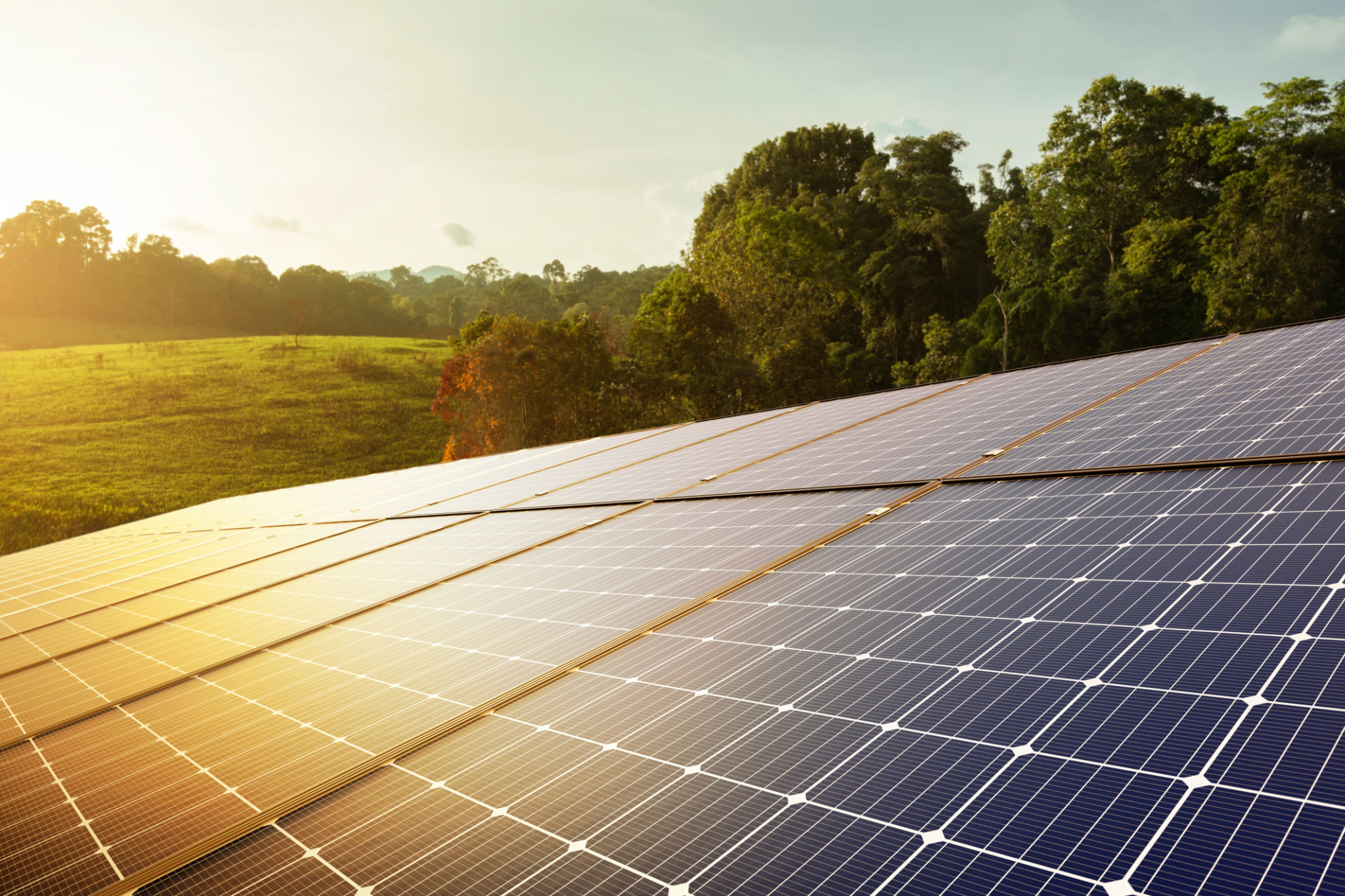Metal Roofing Systems: Benefits and Installation Guide
Why Choose Metal Roofing Systems?
Metal roofing systems have become increasingly popular among homeowners and builders due to their durability and energy efficiency. Unlike traditional roofing materials, metal roofs offer a long-lasting solution that can withstand harsh weather conditions. Homeowners who invest in metal roofs often find that the initial cost is offset by the roof's longevity and minimal maintenance requirements.

Durability and Longevity
One of the most significant benefits of metal roofing is its exceptional lifespan. While traditional asphalt shingles may last 15 to 20 years, a well-installed metal roof can last 40 to 70 years, depending on the materials used. This longevity makes metal roofing a cost-effective option in the long run, as it reduces the need for frequent replacements.
Energy Efficiency
Metal roofs are highly reflective, which means they can reflect more solar radiation than other roofing materials. This reflection helps in reducing energy costs by keeping your home cooler during the hot summer months. In fact, installing a metal roof can reduce cooling costs by up to 25%. Additionally, some metal roofing systems are made from recycled materials, making them an environmentally friendly choice.

Types of Metal Roofing Materials
There are several types of metal roofing materials available, each with its own unique benefits. Here are some popular options:
- Steel: Known for its strength and durability, steel is a common choice for residential and commercial buildings.
- Aluminum: Lightweight and resistant to corrosion, aluminum is ideal for coastal areas.
- Copper: Offers a distinct aesthetic appeal and develops a patina over time, adding character to your home.
- Zinc: Long-lasting and low-maintenance, zinc roofs are often chosen for their environmental benefits.
Installation Guide
Installing a metal roof requires precision and expertise. While DIY installation is possible, it's often best to hire a professional roofer to ensure the job is done correctly. Here are some steps involved in the installation process:
Preparation and Planning
Before installation begins, it's crucial to thoroughly inspect the existing roof structure to ensure it's suitable for a metal roof. Any necessary repairs should be made to avoid future issues. Additionally, accurate measurements must be taken to determine the amount of material needed.

Installation Process
The installation process typically involves the following steps:
- Removing old roofing material: This step ensures a clean surface for the new metal roof.
- Installing underlayment: A moisture barrier is added to protect against leaks.
- Laying down panels: Metal panels are carefully aligned and secured with screws or clips.
- Sealing joints and edges: Proper sealing prevents water infiltration and ensures durability.
Maintenance Tips
While metal roofs require minimal maintenance, regular inspections can help identify potential issues early. Check for loose screws or fasteners and ensure gutters remain clear of debris. Periodically cleaning the roof surface can also enhance its appearance and extend its lifespan.
In summary, metal roofing systems offer numerous advantages, from durability and energy efficiency to aesthetic versatility. By choosing the right materials and following proper installation techniques, homeowners can enjoy a reliable roofing solution for decades to come.